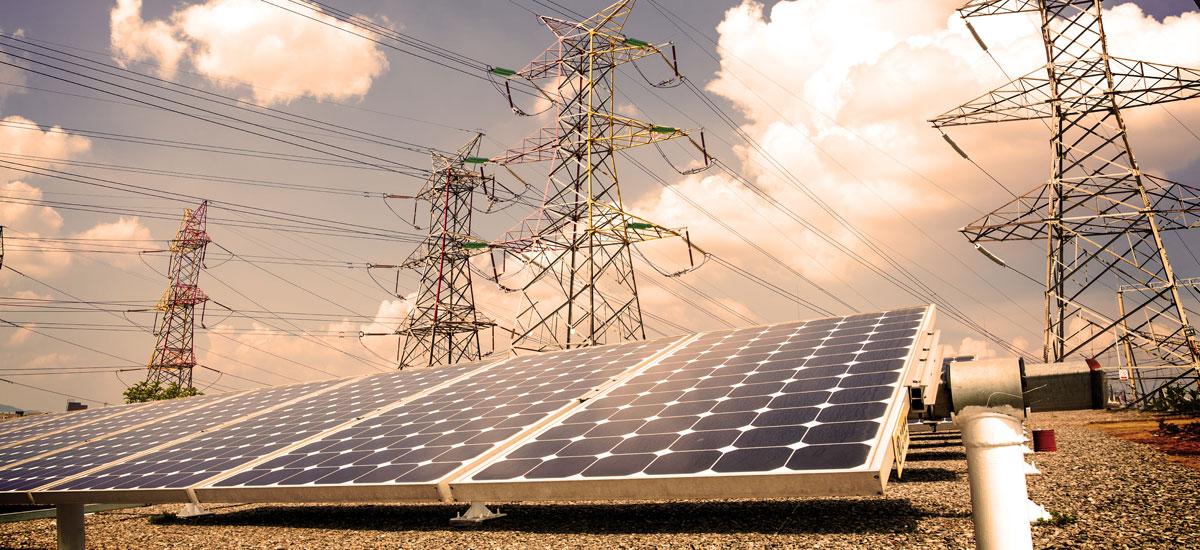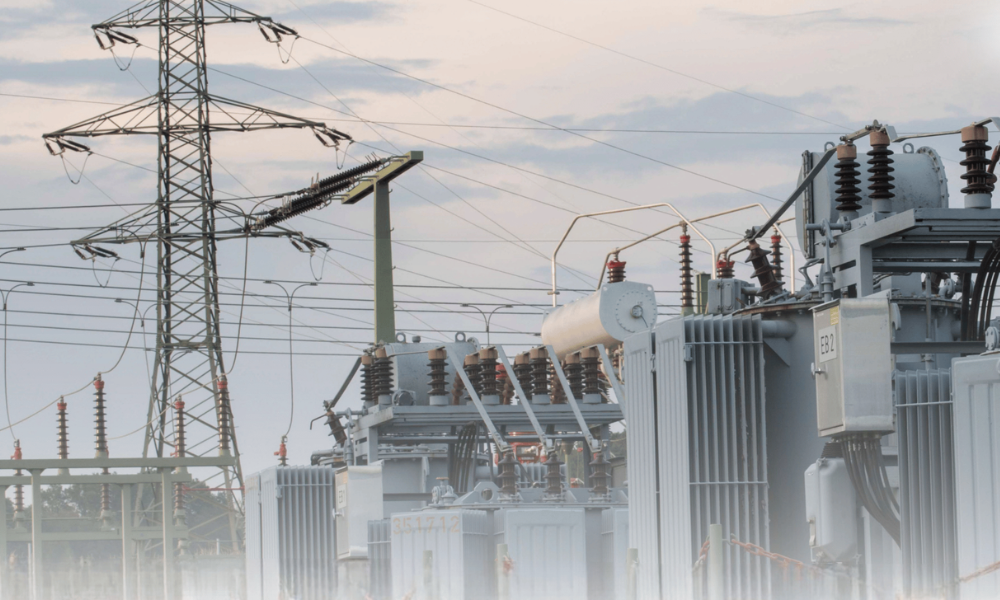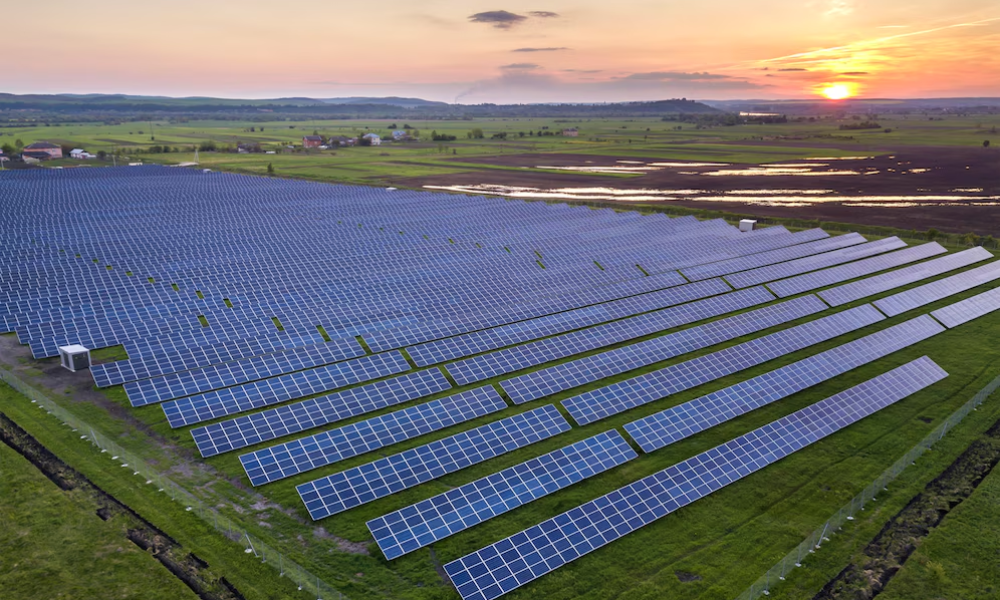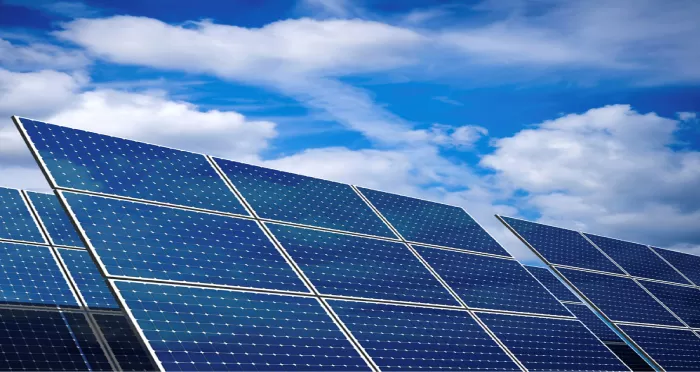India is on a mission to transform its energy sector. It aims to install 175 gigawatts (GW) of renewable energy (RE) capacity by 2022, including 100 GW of solar and 60 GW of wind. This move is part of India’s commitment to reduce greenhouse gas emissions and improve energy security.
To shed light on this complex landscape, a comprehensive study titled “Greening the Grid: Pathways to Integrate 175 Gigawatts of Renewable Energy into India’s Electric Grid” was conducted. It was led by the National Renewable Energy Laboratory (NREL) and other partners.

This study utilised advanced weather and power system modelling to explore operational impacts. The researchers ran different scenarios and crunched lots of data. They got some valuable insights into how the grid would handle all this new energy.
One cool thing they found was that India’s grid is more flexible than we thought. Even though renewable energy can be unpredictable, the grid can handle it pretty well with the right strategies. This means we might only need to spend a little money on new technology or upgrades to make it work.
Although, different states in India must work together and share resources. By teaming up, we can make the most of the renewable energy available all over the country. This not only helps us use energy better but also makes the grid stronger and more resilient.
However, integrating this much renewable energy into the electric grid can take time and effort. It comes with challenges, like handling the ups and downs in energy production. This makes sure the grid stays stable and reliable.
Challenges and Opportunities
Adding a lot of renewable energy to the grid brings up some tricky problems. Renewable energy sources, like solar and wind, depend on the weather, which can be unpredictable. This means the amount of energy they produce can change. To deal with this, we need the grid to be flexible and able to balance supply and demand quickly.
To tackle these challenges, experts did an extensive study called “Greening the Grid: Pathways to Integrate 175 Gigawatts of Renewable Energy into India’s Electric Grid.” This study looked at different ways to make the grid work well with lots of renewable energy.
Key Findings and Recommendations
The study “Greening the Grid: Pathways to Integrate 175 Gigawatts of Renewable Energy into India’s Electric Grid” made a fascinating discovery about India’s power system. It’s surprisingly flexible despite its heavy reliance on coal. This flexibility is like a hidden superpower that allows the grid to handle the fluctuations in renewable energy production. This doesn’t need extensive upgrades or fancy new technology.
Think of it like this: when the sun isn’t shining, or the wind isn’t blowing, renewable energy production drops. But instead of the grid freaking out, it can adjust by ramping up other sources of power, like coal or gas. This flexibility means we can handle the unpredictable nature of renewable energy without breaking a sweat.
But the study didn’t stop there. It also came up with some intelligent ideas to make the grid even better at handling renewable energy. One of the most incredible ideas is regional coordination. For example, let’s say it’s a cloudy day in one state, so solar power production drops. Instead of that state having to rely on expensive backup power, it could get some extra energy from a neighbouring state where the sun is shining bright.
By implementing these strategies, India can supercharge its transition to renewable energy and pave the way for a cleaner, more sustainable future. We can harness the power of renewable energy to create a brighter tomorrow for everyone.
Benefits of Renewable Energy Integration
Adding more renewable energy to the smart grid is more than reasonable for the environment. It has other benefits, too. Using less coal and gas means we can save money on fuel and cut down on pollution. Plus, it helps more people get access to clean and affordable electricity, which is a win for everyone.
The Role of the Hartek Group
Companies like Hartek Group are playing a big part in India’s renewable energy journey. Hartek Group is an Engineering, Procurement & Construction (EPC) company that helps build renewable energy projects. They’ve connected almost 7 GW of solar power to the grid.
Hartek Solar, a division of the Hartek Group, specialises in the design, engineering, and installation of industrial, residential, commercial, and floating solar rooftop systems. With over 80 MWp of rooftop solar installed across the country, Hartek Solar is one of India’s top rooftop solar installers. Hartek Solar also built North India’s largest floating solar plant in Chandigarh.
Hartek Group doesn’t just install solar panels. They also make sure the electricity flows smoothly and efficiently. By teaming up with global leaders, they bring top-notch technology to their projects.
Conclusion
India’s ambitious goal of achieving 175 gigawatts of renewable energy capacity is more than just a challenge. It’s a monumental opportunity to redefine the nation’s energy landscape. Studies like “Greening the Grid” serve as guiding lights. They light up the pathways to overcome obstacles and unlock the immense benefits of renewable energy adoption.
By leveraging the insights from such studies and collaborating with industry leaders like the Hartek Group, India has the potential to revolutionise its energy sector. Together, we can pave the way for a cleaner, more reliable, and more affordable energy future for every Indian citizen.
This journey is about more than just meeting targets. It’s about building a sustainable legacy that will benefit generations to come. Let’s seize this opportunity, unite our efforts, and embark on a transformative journey toward a brighter and more sustainable tomorrow.
FAQ’s:-
1. What is India’s renewable energy target?
India aims to install 175 GW of renewable energy capacity, including 100 GW of solar and 60 GW of wind.
2. What challenges does India face in integrating renewable energy?
Key challenges include managing energy fluctuations, grid stability, and coordinating between different states.
3. How can India’s grid handle renewable energy variations?
Studies show India’s grid is flexible and can balance supply and demand by optimizing existing infrastructure.
4. What role does Hartek Group play in India’s renewable energy sector?
Hartek Group contributes by building solar projects, integrating 7 GW of solar power into the grid, and pioneering rooftop solar.
5. What are the benefits of renewable energy integration?
It reduces reliance on fossil fuels, lowers pollution, improves energy access, and makes electricity more affordable.



